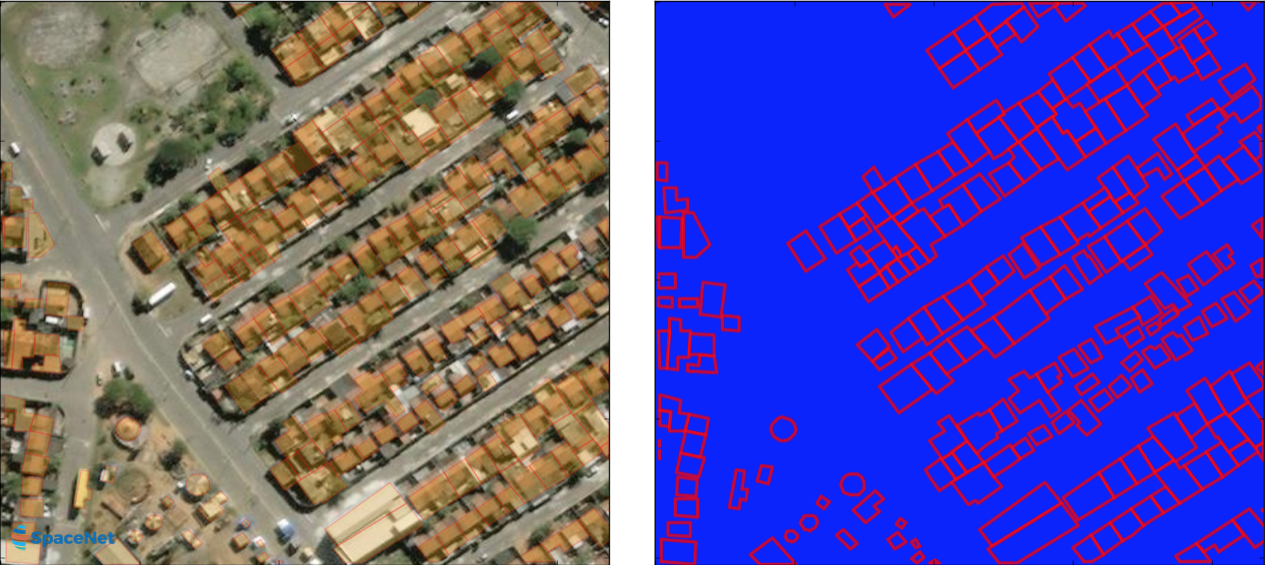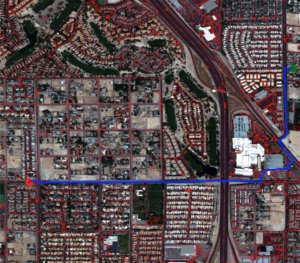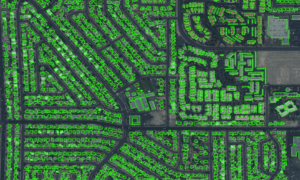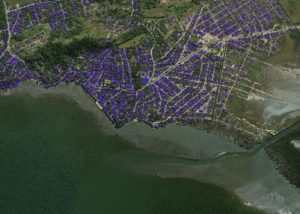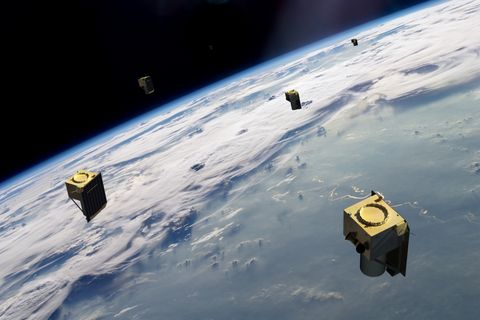You Only Look Twice (YOLT)
The You Only Look Twice (YOLT) object detection pipeline was designed to address some of the shortcomings identified in classic object detection techniques. The pipeline was based off of the You Only Look Once framework and dramatically improved performance of object detection at varying scales over legacy techniques. In order to tailor the framework for use on remote sensing data sets such as satellite imagery, YOLT provides three major modifications:
- Upsampling via a sliding window to look for small, densely packed objects
- Augment training data with re-scalings and rotations
- Define a new network architecture such that the final convolutional layer has a denser final grid
In late 2017, we released YOLT version 2 which incorporated a number of improvements to the original paper. These enhancements significantly improved the accuracy while maintaining a speed advantage over other options such as Faster R-CNN and SSD.

